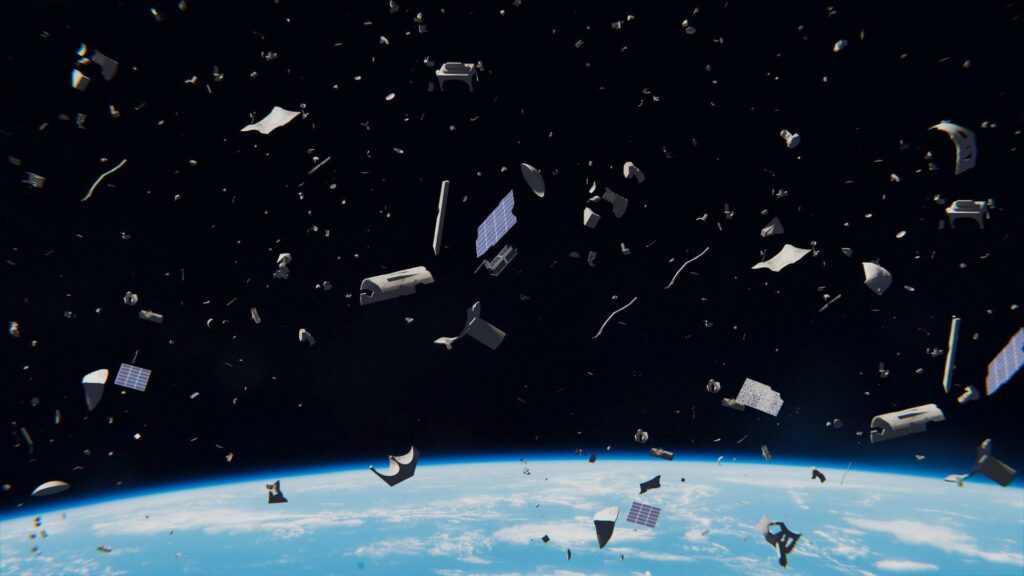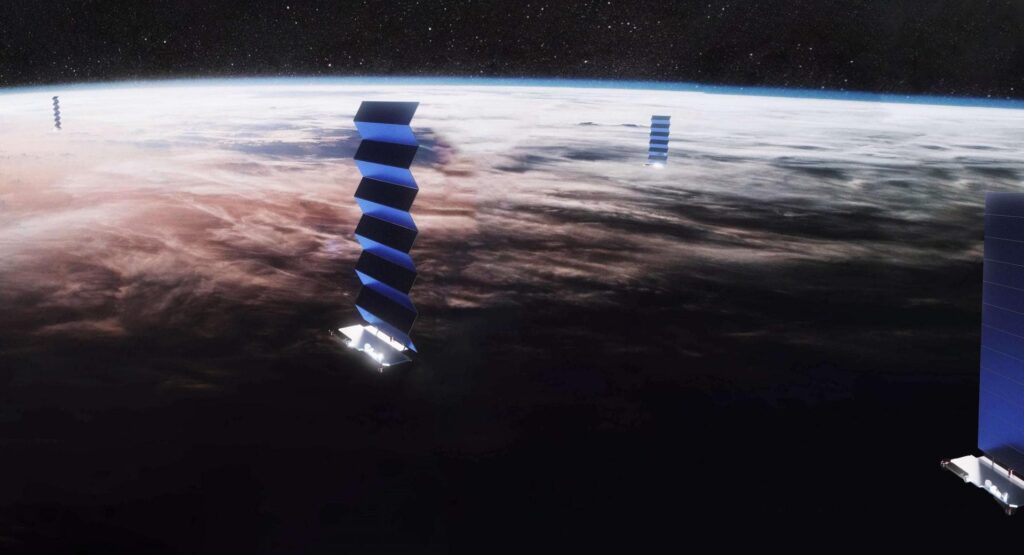A recently launched group of Starlink satellites has experienced a flurry of dangerous approaches to the wreckage of the Kosmos-1408 satellite. It was destroyed during last year’s test of Russian anti-satellite weapons.

On November 15, Russia conducted a test of an anti-satellite weapon, during which the Kosmos-1408 spacecraft was destroyed. The reckless test led to the formation of several thousand pieces of debris at altitudes where the main part of the active satellites is located.
According to COMSPOC, a company engaged in tracking threats in near-Earth space, several “squalls” of dangerous approaches have already occurred in near-Earth orbit, when the debris of Kosmos-1408 passed dangerously close (at a distance of less than 10 km) from the operating spacecraft. Such events, in particular, were recorded in January and April.
Now the Starlink system has come under attack. According to COMSPOC, on August 6, more than 6,000 threatening approaches involving 841 satellites were recorded in Earth orbit (approximately 30% of the entire Starlink grouping). In the greatest danger were recently launched groups of spacecraft that are put into sun-synchronous orbits.

All Starlink satellites are equipped with an artificial intelligence-controlled space debris avoidance system that allows them to perform the necessary maneuvers independently. At the moment, it is unknown whether they had to activate it during the recent “squall”. Earlier, SpaceX reported that in the period from December 2021 to May 2022, Starlink satellites performed about 7,000 evasion maneuvers, 1,700 of which were associated with the consequences of testing Russian anti-satellite weapons.
It is worth noting that while SpaceX has similar technology, it is not available to other satellite operators, which complicates their task of promptly responding to orbital threats. And this significantly increases the chances that sooner or later a fragment of Kosmos-1408 will collide with some kind of spacecraft, which in turn will lead to the formation of even more dangerous debris.
You can also read our article about anti-satellite warfare technologies.
According to https://spacenews.com
Follow us on Twitter to get the most interesting space news in time
https://twitter.com/ust_magazine
